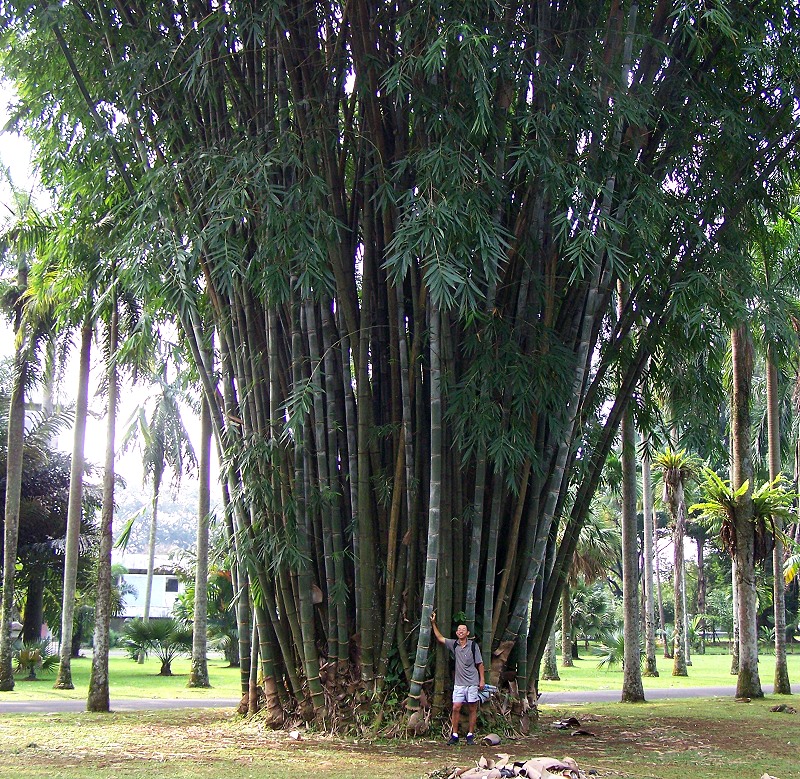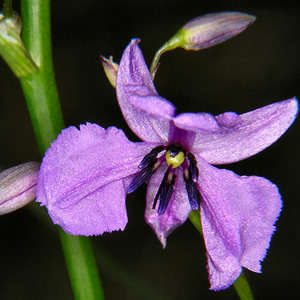|
This is a group of tall Bamboos that belong to the Grass family, Gramineae. These tender perennials can only be grown outdoors in warm climates; otherwise they may be grown in high conservatories. Bamboos need moist soil at all times and are suitable for planting on stream or riverbanks and wetlands. These Bamboos are natives of Burma and China. Several kinds of this group can grow up to 100 feet in height and have a diameter from 4 to 10 inches. In India, Malaya and Burma they are used for building purposes, making mats, furniture, bridges, rafts, paper pulp, and sometimes for splitting and braiding into ropes. The stems are also made into shafts of lances and spears. The young shoots are boiled and eaten as a vegetable and when they produce seeds, which is rare, the seeds may be eaten.
Pot Cultivation
These plants need a minimum temperature of 55� F. Spring is the best time to plant these Bamboos. They should be grown in moist soil where the roots will not become dry, especially during periods of dry weather. They will flourish in light or moderately heavy loam. They can be grown in full sun but will do much better in light shade. In the spring, the oldest shoots or those with dying tops, should be completely cut out. After pruning, they should be washed off with a hose. Old plants will benefit from a top-dressing of manure once in a while. The best canes that have been cut out at pruning time can be trimmed and used as stakes for the garden. When they are grown in a conservatory, they should be planted in a deep bed of loam, which has been improved with well-decayed manure. Keep the soil moist at all times.
 |
 |
| D. giganteus; |
D. strictus |
Propagation
They can be increased by dividing the roots in the spring. Pieces of stem can also be set down in a propagating case in the spring to produce shoots from the joints of the canes.
Varieties
- D. giganteus;
- D. strictus;
- D. Hamiltonii.
|